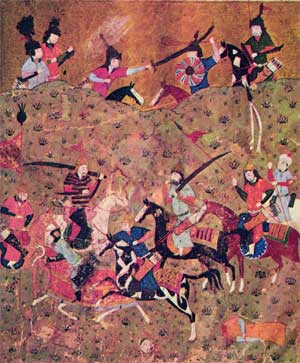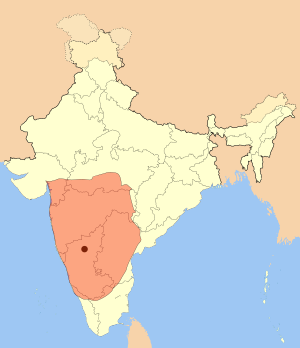
John Climacus, also known as John of the Ladder, John Scholasticus and John Sinaites, was a 6th–7th century Christian monk at the monastery on Mount Sinai. He is revered as a saint by the Eastern Orthodox Church and Roman Catholic Church.

Year 1040 (MXL) was a leap year starting on Tuesday of the Julian calendar.
The 610s decade ran from January 1, 610, to December 31, 619.
The 510s decade ran from January 1, 510, to December 31, 519.
The 540s decade ran from January 1, 540, to December 31, 549.
The 560s decade ran from January 1, 560, to December 31, 569.

Year 451 (CDLI) was a common year starting on Monday of the Julian calendar. At the time, it was known as the Year of the Consulship of Marcianus and Adelfius. The denomination 451 for this year has been used since the early medieval period, when the Anno Domini calendar era became the prevalent method in Europe for naming years.

Year 635 (DCXXXV) was a common year starting on Sunday of the Julian calendar. The denomination 635 for this year has been used since the early medieval period, when the Anno Domini calendar era became the prevalent method in Europe for naming years.

Year 624 (DCXXIV) was a leap year starting on Sunday of the Julian calendar. The denomination 624 for this year has been used since the early medieval period, when the Anno Domini calendar era became the prevalent method in Europe for naming years.

Year 554 (DLIV) was a common year starting on Thursday of the Julian calendar. The denomination 554 for this year has been used since the early medieval period, when the Anno Domini calendar era became the prevalent method in Europe for naming years.

Year 520 (DXX) was a leap year starting on Wednesday of the Julian calendar. In the Roman Empire, it was known as the Year of the Consulship of Rusticus and Vitalianus. The denomination 520 for this year has been used since the early medieval period, when the Anno Domini calendar era became the prevalent method in Europe for naming years.
Year 555 (DLV) was a common year starting on Friday of the Julian calendar. The denomination 555 for this year has been used since the early medieval period, when the Anno Domini calendar era became the prevalent method in Europe for naming years.

March 29 - Eastern Orthodox liturgical calendar - March 31

Barsanuphius, also known as Barsanuphius of Palestine, Barsanuphius of Gaza or Barsanuphius the Great, was a Christian hermit and writer of the sixth century.

John Chryssavgis is an Orthodox Christian theologian who serves as advisor to the Ecumenical Patriarch on environmental issues. He is a clergyman of the Greek Orthodox Archdiocese of America. In January 2012, he received the title of Archdeacon of the Ecumenical Throne by His All-Holiness Ecumenical Patriarch Bartholomew. In 2016, he was awarded an honorary doctorate by St. Vladimir's Theological Seminary. In 2020, he was elected Honorary Professor of Theology in the Sydney College of Divinity.
John the Prophet, known also as Venerable John, was the hermit of the monastery of Seridus and teacher of Dorotheus of Gaza.
Abba Silvanus was a Palestinian Christian monk who lived during the 4th and 5th centuries. He was one of the Desert Fathers.
Seridus of Gaza was a Palestinian abbot of a monastery that was later named after him. He was disciple of the hermits Barsanuphius and John the Prophet and is venerated as saint by the Eastern Orthodox Church on 13 August.
The monastery of Seridus was a monastic community that flourished during the 6th and early 7th century in Palestine. Founded by Seridus of Gaza after whom the monastery was later named, it housed in the first half of the sixth century the well-known hermits Barsanuphius and John the Prophet who attracted many visitors.
Zeno the Prophet was an Egyptian monk and a Desert Father. He was disciple of the hermit Silvanus of Gaza, became the spiritual guide of the famous Georgian Peter the Iberian and is venerated as saint by the Eastern Orthodox Church on 19 June.










